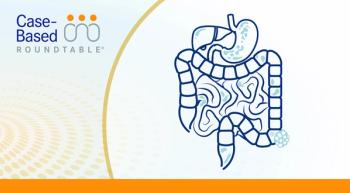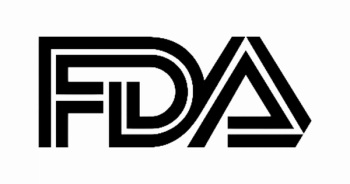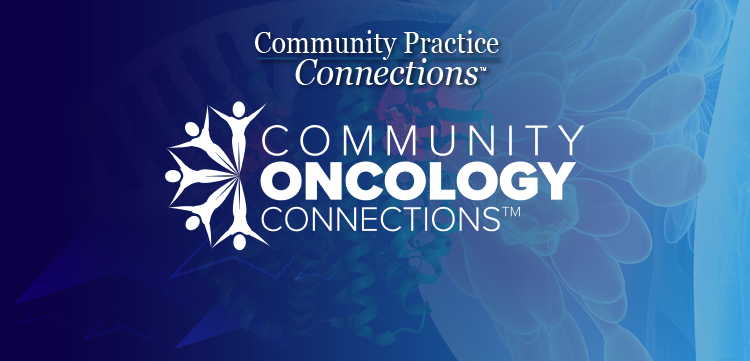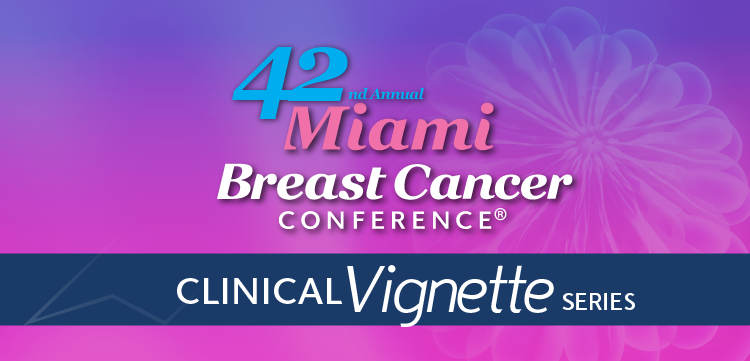
Ocular Events With Mirvetuximab Show No Impact on QoL in Ovarian Cancer
Mirvetuximab soravtansine-gynx (Elahere) showed a significant survival benefit compared with investigator’s choice chemotherapy when used for the treatment of patients with folate receptor alpha (FRα)-positive platinum-resistant ovarian cancer, according to an analysis of patient-reported outcomes (PROs) from the phase 3 MIRASOL trial (NCT04209855).
The trial, which was presented at the 2025 Society of Gynecologic Oncology Annual Meeting on Women’s Cancer, revealed that ocular adverse events, such as blurred vision and keratopathy, did not significantly impact patients’ overall quality of life. These findings, which were determined using validated tools like the EQ-5D-5L and EORTC QLQ-C30, demonstrate that mirvetuximab maintains a manageable safety profile while providing meaningful survival advantages.
In an interview with Targeted Oncology, Tashanna K. Myers, MD, division chief, gynecologic oncology, vice chair, academic affairs, OB/GYN, Baystate Health, discussed the patient-reported health-related quality of life (HRQoL) data from the phase 3 MIRASOL trial of mirvetuximab for the treatment of patients with FRα-positive platinum-resistant ovarian cancer.
Targeted Oncology: What were the key findings from the new analysis of patient-reported HRQoL in the phase 3 MIRASOL study?
Myers: This analysis looked at patient-reported data from the phase 3 MIRASOL study assessing health-related quality of life metrics for patients with treatment-emergent ocular events. This analysis found no statistically significant and clinically meaningful differences in health-related quality of life among mirvetuximab-treated women who have experienced treatment-emergent ocular events.
We know from the separate phase 3 MIRASOL final analysis that mirvetuximab shows significant survival benefit compared with investigator’s choice chemotherapy, so these patient-reported data combined with the efficacy of mirvetuximab tell us that mirvetuximab offers a meaningful survival advantage while maintaining a manageable safety profile—marking a step forward in treatment for these patients.
How did patients on mirvetuximab soravtansine experience and manage treatment-related ocular events, and what impact did these events have on their overall quality of life?
The most common ocular adverse events seen in the trial were blurred vision and keratopathy, but the analysis showed that these did not have a significant impact on patients’ overall quality of life. In other words, while some patients experienced eye-related adverse events, their day-to-day well-being remained stable as these ocular side effects are highly manageable.
This is encouraging news for both clinicians and patients. With proactive monitoring and supportive care strategies, these ocular events can be effectively managed, allowing patients to remain on a treatment that provides meaningful survival benefits over chemotherapy.
What specific HRQoL measures were evaluated in this analysis, and why are these metrics particularly relevant for patients with platinum-resistant ovarian cancer?
This analysis used well-established tools, including the EuroQol-5-Dimension-5-Level (EQ-5D-5L) and the European Organization for Research and Treatment of Cancer Quality of Life Questionnaire-Core 30 (EORTC QLQ-C30). These assessments measure physical and emotional well-being, which is particularly important for women with platinum-resistant ovarian cancer, who often face difficult treatment choices.
By ensuring that mirvetuximab not only extends survival but also maintains patients’ quality of life, these data provide oncologists and patients with a treatment option that prioritizes both efficacy and well-being.
How do the HRQoL results from the MIRASOL trial support the use of mirvetuximab soravtansine as a patient-centric treatment option in ovarian cancer?
An ovarian cancer diagnosis can take a tremendous toll on a patient’s emotional well-being, so it’s important to consider quality of life impacts as well as efficacy and safety when evaluating treatment options. Mirvetuximab provides strong survival benefit over chemotherapy and these new data show no impact on quality-of-life measures for patients with treatment-related ocular events. These data help reinforce mirvetuximab as a new standard of care for appropriate ovarian cancer patients.
Were there any differences in HRQoL outcomes among patient subgroups, and how might this inform personalized treatment decisions?
The analysis compared mirvetuximab-treated patients who experienced ocular adverse events with those who did not, and importantly, no significant differences in overall quality of life were found between the two groups. This means that even for patients who do experience some ocular side effects, the benefits outweigh the risks.
By identifying patients most likely to benefit from mirvetuximab, because they are FRα-positive and platinum-resistant, while proactively managing adverse events, oncologists can offer a tailored approach that maximizes both survival and quality of life.
How do the HRQoL findings from this analysis align with the overall efficacy and safety profile of mirvetuximab soravtansine demonstrated in the MIRASOL trial?
These results further validate mirvetuximab as a transformative therapy for patients with FRα-positive platinum-resistant ovarian cancer. The combination of strong survival benefit and stable quality-of-life measures underscores that mirvetuximab is a safe and effective option for patients who previously had limited treatment options.
What are the implications of these HRQoL results for clinicians when discussing treatment options with patients, particularly in the context of platinum-resistant ovarian cancer?
For oncologists, choosing a treatment goes beyond efficacy, it is also about how well patients can tolerate and maintain their quality of life during therapy. An ovarian cancer diagnosis can take a tremendous toll on a patient’s emotional well-being, so it is important to consider quality of life impacts as well as efficacy and safety when evaluating treatment options.
Is there anything else you would like to add?
The phase 3 MIRASOL trial results mark a significant advancement in the treatment of platinum-resistant ovarian cancer. By offering improved survival with a tolerable safety profile, mirvetuximab is redefining the standard of care for these patients.
With ongoing research and further real-world data, I hope to see continued research building on this progress, ensuring that more women with FRα-positive ovarian cancer have access to effective, patient-centric treatment options.








































